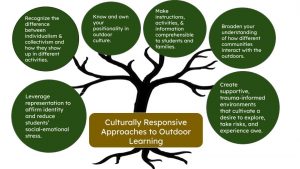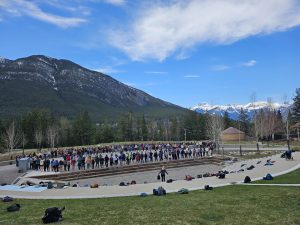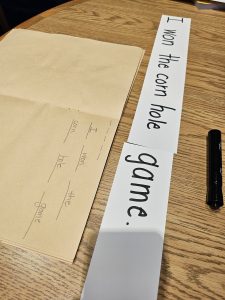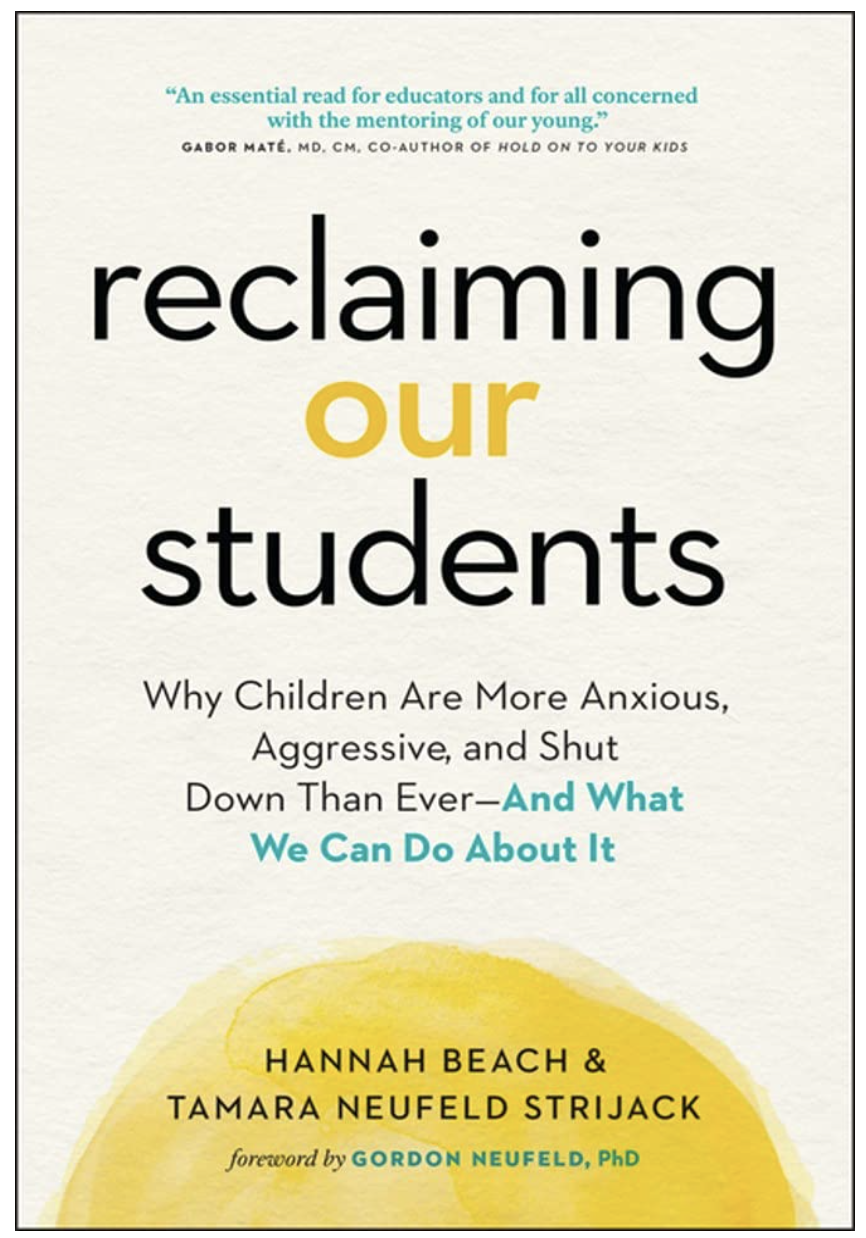Writing has become a hot topic for Ontario educators, with the new language curriculum emphasizing the importance of explicitly teaching specific language conventions to boost the written communication skills of students.
What I fear that has been lost in the race toward implementing structured literacy is the joy that comes with writing creatively. While it is undeniably important to know morphology, complex sentences, conjunctions, and all the different conventions of writing, what has always “hooked” me and many students I have taught is the ways in which we can use writing for artistic self expression.
The team of ESL/ELD educators I work with decided to plan a writing project that would explore the possibilities written expression across languages. Funded by the Council of Ontario Directors of Education (CODE), we selected several classes across the board to participate in a learning cycle that would culminate in an exhibition of student work. For the purpose of gauging impact and effect, we chose middle school classes from French Immersion, mainstream, and English language learner contexts. One group was exclusively students in English language development programs, meaning that they had significant interruptions to their formal schooling.
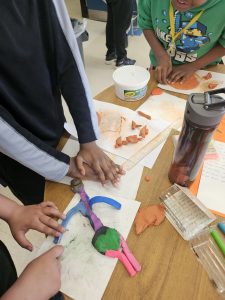
Learning and Working with Living Hyphen
To lead the workshops, we brought in Living Hyphen, a Toronto-based arts organization dedicated to empowering the voices of diverse communities through writing. Living Hyphen’s website is an exciting place, filled with dates of upcoming sessions and opportunities to purchase their books and magazines.
I first learned about Living Hyphen with the provincial group of educators I work with in the field of language acquisition, ESL/ELD Resource Group of Ontario (ERGO). At a meeting last year, Justine Abigail Yu, the founder, delivered a presentation and writing workshop on supporting multilingual students in sharing their own lived experiences through creative writing.
We invited her to lead workshops for a project we wanted to organize for several classes in my board. In her relaxed, engaging, and unique workshops, students explored multiple writing prompts that brought out the nuances of their home language, the complexity of their identities, and their personal connections with place.
Some of the writing prompts included:
Tell me where you’re from without telling me where you’re from.
What brings you comfort?
While these prompts seem simple, they were powerful ways to get kids writing. I was actually surprised how engaged kids could be with just a pen and a notebook – a radical shift from the world of technological tools, graphic organizers, and multi-step activities we often work so hard to plan for classes.
Perhaps most importantly, students were excited to write and engaged with the work. While it does always help to have someone new in your classroom, Justine brought her skills of relationship building and her unique perspective as a writer and activist to motivate students toward producing amazing ideas to build upon later.
And yes, every student in the class could participate and find their entry point into the writing. Of course, you may need to provide scaffolds for students – translators, scribing, and additional prompting – but by the end every student produced something new.
By the end of the workshop, students had a notebook full of brainstorms and ideas they could evolve into longer, polished pieces.
After the Workshop
When the workshops were finished, we were tasked with the very “teacherly” task of motivating students to develop their brainstorms into a polished piece of written work and a piece of art. To add a sense of purpose, we decided to create an anthology of student writing just as Living Hyphen had done with their writers.
We also teamed up with our Empowering Modern Learners team, who went to each class and provided a workshop on how to use different tech tools to create video and digital art to compliment their writing. Students were excited to learn about the features of Adobe Express: students can easily make narrated videos with their slides.
Finally, we brought in a variety of art supplies for students to experiment with. Students created paintings and sculptures to display alongside their poems.
The final and most exciting step is to take the students to the Peel Archive and Museum of Art to exhibit their work to their families. There is an existing exhibit that parallels the student’s work, done by adults, so we will be contributing art and work across generations.

